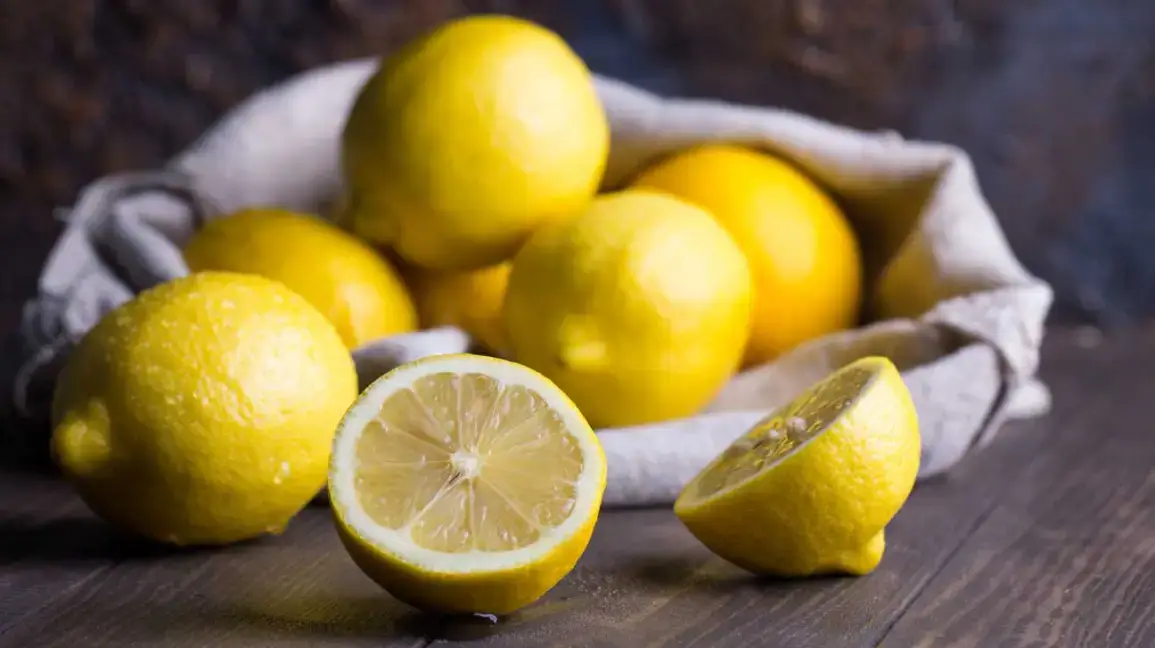Whenever you take a can of soda or even a pack of chips or that calming bottle of grapefruit juice, it seems like there is one ingredient that always dominates the fine print on the wrap –citric acid. This molecule usually escapes the casual notice of most people; however, it plays an important role in food production, preservation, and flavoring. So Is citric acid safe?
From nutritional perspectives to safety concerns, this article will provide comprehensive coverage of citric acid and its relationship with the global food industry. Whether you are a health-conscious consumer or work in the food industry; take this knowledge seriously as it could help give better choices in your diet— and maybe change your view on that glass of lemonade.
Safety Tests for Food Additives
Like many other food additives, citric acid undergoes intense safety tests before being allowed for use in foods. In Europe for instance, the European Food Safety Authority (EFSA) gives these substances an overall safety status where issues such as toxicology, intakes, and biological effects are considered.
Also, the US FDA ensures the safety of food additives. Before being approved as a food additive extensive research must show this substance to have a purpose and be safe under its intended use conditions.
Effects of Food Additives
Food additives may do anything from mere flavor enhancers to making products last longer while maintaining their appearance or contributing to overall texture and structure. These effects cannot be generalized because they differ significantly among various types of additives.
Types Of Food Additives
- Anti-caking agents – stop ingredients from becoming lumpy.
- Antioxidants – prevent foods from oxidizing, or going rancid.
- Artificial sweeteners – increase the sweetness.
- Emulsifiers – stop fats from clotting together.
- Colors – enhance or add color.
- Humectants – keep foods moist.
- Flavors – add flavor.
- Flavor enhancers – increase the power of a flavor.
- Mineral salts – enhance texture and flavor.
- Thickeners and vegetable gums – enhance texture and consistency.
- Stabilizers and firming agents – maintain even food dispersion.
Food Additives And Processed Foods
Everyone knows that additives are usually packed in processed foods. They enable manufacturers to produce products that will not spoil for months on a shelf as well as make the consumption experience always enjoyable. However, their increased use of these chemicals has raised some doubts about their long-term health effects.
Some Food Additives Can Cause Reactions
Though rare, allergic reactions may occur due to food additives used in food preparation. These reactions can range from simple symptoms such as hives to severe cases of anaphylaxis. Some compounds contained in food additives can be consumed by most people without experiencing any difficulties but there is a smaller group of the population that reacts negatively towards them.
1. Digestive Disorders
The digestive system can be irritated by some food additives, resulting in symptoms like flatulence, bloating, and diarrhea. This is possible with large amounts of dosage or in people who are allergic to the named additive. One example is citric acid which may worsen a condition such as irritable bowel syndrome (IBS) [sic] for someone suffering from it.
2. Nervous Disorders
Some food additives cause hyperactivity in children and have raised fears over their long-term effects on the nervous system. This is particularly alarming in instances where these substances are incorporated into products aimed at children such as candy and beverages [sic].
3. Respiratory Problems
Certain food additives could precipitate breathing problems in affected individuals [sic]. This occurs more often among those who have pre-existing respiratory conditions such as asthma. Tartrazine for instance, which adds color to foods, is usually implicated [sic].
4. Skin Problems
Allergic reactions caused by specific food additives can lead to skin problems like hives or eczema [sic]. Sometimes, these reactions take place right away while sometimes they appear with time due to continuous exposure to allergens.
Some Common Food Additives That May Cause Problems
Apart from citric acid, there are other food additives associated with these negative reactions including:
High fructose corn syrup (HFCS), which studies link to diabetes, obesity and metabolic syndrome;
Sodium nitrate and nitrite tend to raise cancer risk, particularly colorectal cancer;
Artificial food colors may worsen ADHD symptoms somewhat in certain children.
It should be noted that the majority of people use them without any problems [sic]. Nevertheless, being aware of possible concerns and watching how your body reacts to different foods would always be wise steps.
Diagnosis of Food Additive Sensitivity
There are no specific tests for diagnosing sensitivity towards these types of additives, which makes the process of diagnosing it quite tricky. Doctors usually make an evaluation based on the patient’s medical history plus any reported cases of reactions after eating specific foods. To find out if particular additives are problematic during elimination diets.
Advantages Of Citric Acid
However, not everything is bad about citric acid despite its downsides [sic]. It possesses several health benefits when taken in moderation for instance. Being an antioxidant, it can increase iron uptake from food and help to produce energy in our bodies too. Besides, by improving the taste of less appetizing meals, it can encourage people to consume a wider range of vegetables and fruits.
Citric Acid Structure
Citric acid is a weak organic acid present in many fruits especially citrus ones as well as some vegetables. It has a chemical structure that consists of three carboxylic acid groups where each group can lose one hydrogen ion thus making it a triprotic acid.
Powdered Citric Acid Uses
Powdered citric acid may be used for more than just flavoring food items [sic]. As an example, it prevents cut fruits from turning brown and is used for pickling different types of food substances. Additionally, the substance finds wide application in cleaning agents due to its capability to dissolve limescale and soap scum thereby making this product very practical in everyday life.









